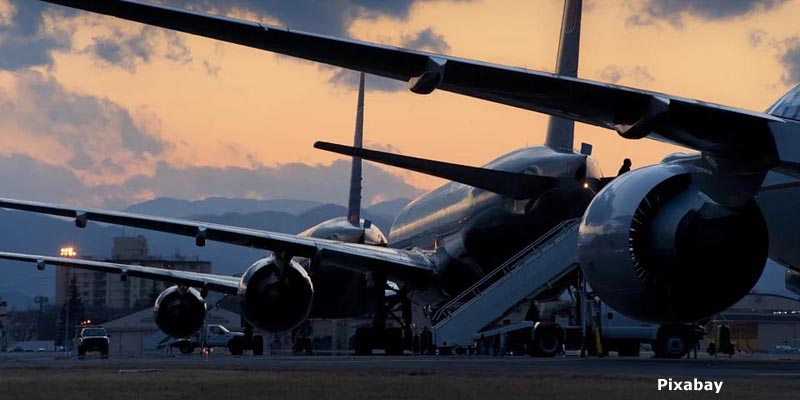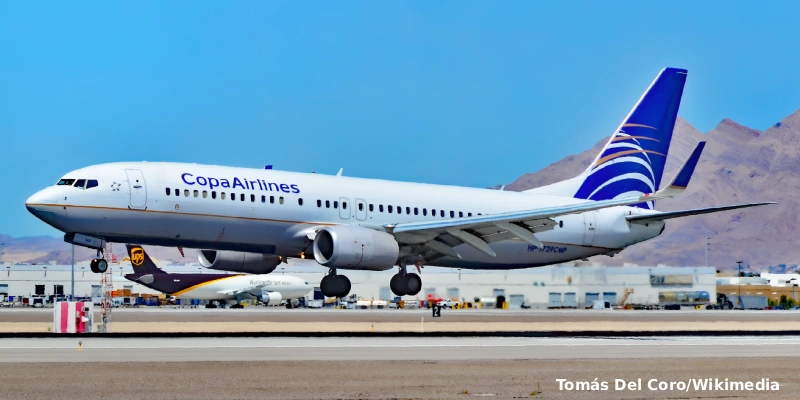Air travel has never been as accessible as it is today. However, not all airlines operate the same way or offer the same onboard experience. In the world of commercial aviation, there are three main business models: Full-service airlines, low-cost carriers (LCCs), and ultra-low-cost carriers (ULCCs). While all of them connect destinations, the way they structure their pricing, services, and operations can vary dramatically.
In this article, we explain what defines each type and highlight their key differences so you know exactly what to expect before purchasing your next ticket.
Full-Service Airlines: The “All-Inclusive” Experience
Full-service airlines, also known as full-service carriers (FSCs), offer a more comprehensive and traditional travel experience. Their business model focuses on providing a bundled package of services, which typically includes:
- Carry-on and checked baggage included in the ticket price.
- Meals and beverages (sometimes even on short-haul flights).
- Free seat selection and onboard entertainment options.
- Frequent flyer programs with mileage accrual and additional benefits.
These airlines primarily operate under the hub-and-spoke model, connecting passengers through central airports. Well-known examples include Lufthansa, Air France, Emirates, Qantas, and LATAM Airlines.
While their fares are generally higher than those of low-cost airlines, the difference lies in the fact that most services are already included in the price, reducing the need for extra payments during the trip.
→ Most Punctual Airlines in July
Low-Cost Airlines: Lower Prices with Basic Services Included
Low-cost carriers (LCCs) emerged with a clear goal: to reduce operational costs and offer more competitive fares than traditional airlines. To achieve this, they implement strategies such as:
- Using a single aircraft type to simplify maintenance.
- Operating at secondary airports with lower fees.
- High seat occupancy per flight and quick aircraft turnaround times.
Although they prioritize efficiency, LCCs often include some basic services: in certain cases, standard carry-on baggage, the option to bring a cabin suitcase, and occasionally light snacks. Companies like Southwest Airlines, Ryanair, and easyJet are examples of this model.
In terms of route networks, they combine point-to-point flights with connections at key airports, allowing them to maintain low prices without completely sacrificing passenger flexibility.
Ultra-Low-Cost Airlines: Minimal Base Fares, Everything Else Costs Extra
Ultra-low-cost carriers (ULCCs) take the low-cost model a step further. Their aim is to offer the lowest possible base fare, and to achieve this, they “unbundle” almost all services:
- The ticket covers only the seat and transportation.
- Carry-on baggage, checked luggage, seat selection, meals, beverages, and priority boarding are charged separately.
- Higher seat density and ultra-fast operational processes to maximize aircraft utilization.
Clear examples include Spirit Airlines, Allegiant Air, Frontier Airlines, and AirAsia. In this model, passengers pay only for what they actually use, though the final cost can increase significantly if additional services are added.
Key Differences Between the Three Models
| Feature | Full-Service | Low-Cost | Ultra-Low-Cost |
| Base Fare | Higher, includes extras | Lower, includes basics | Very low, seat only |
| Baggage | Included (hand & hold) | May include hand luggage | Everything costs extra |
| Food & Drinks | Included | Sometimes included | Always paid |
| Seat Selection | Included | May incur a fee | Always paid |
| Operational Model | Hub-and-spoke | Point-to-point + hubs | Point-to-point |
| Comfort & Space | Higher | Moderate | More cramped |
The “Hybrid” Phenomenon
The line between low-cost and ultra-low-cost airlines isn’t always clear. Some LCCs have adopted ULCC practices, such as charging for seat selection or checked baggage. For example, Ryanair, though classified as an LCC, applies policies very close to those of a ULCC.
Additionally, there are airlines that call themselves “Hybrid Service” carriers, like Air Premia in Korea, which combine competitive fares with some included services, positioning themselves midway between LCCs and full-service airlines.
Choosing the Right Airline
Deciding between a full-service airline, an LCC, or a ULCC depends on your budget, flight duration, and personal preferences. While full-service airlines prioritize comfort and an all-inclusive experience, LCCs and ULCCs focus on efficiency and low prices, albeit with varying levels of included services.
Understanding these differences is key to avoiding surprises when you fly and ensuring that what you pay aligns with what you expect to receive.
Related Topics
LATAM Inaugurates Direct Flight Between Recife and Buenos Aires
LATAM to Cancel Lima-Tucuman Route Starting March 2026: These Are Reasons
Copa Airlines Resumes Flights Between Panama City and Maracaibo Starting December 20
Copa Airlines Extends Suspension of Flights to and from Caracas (Venezuela) Until January

Plataforma Informativa de Aviación Comercial con 13 años de trayectoria.




